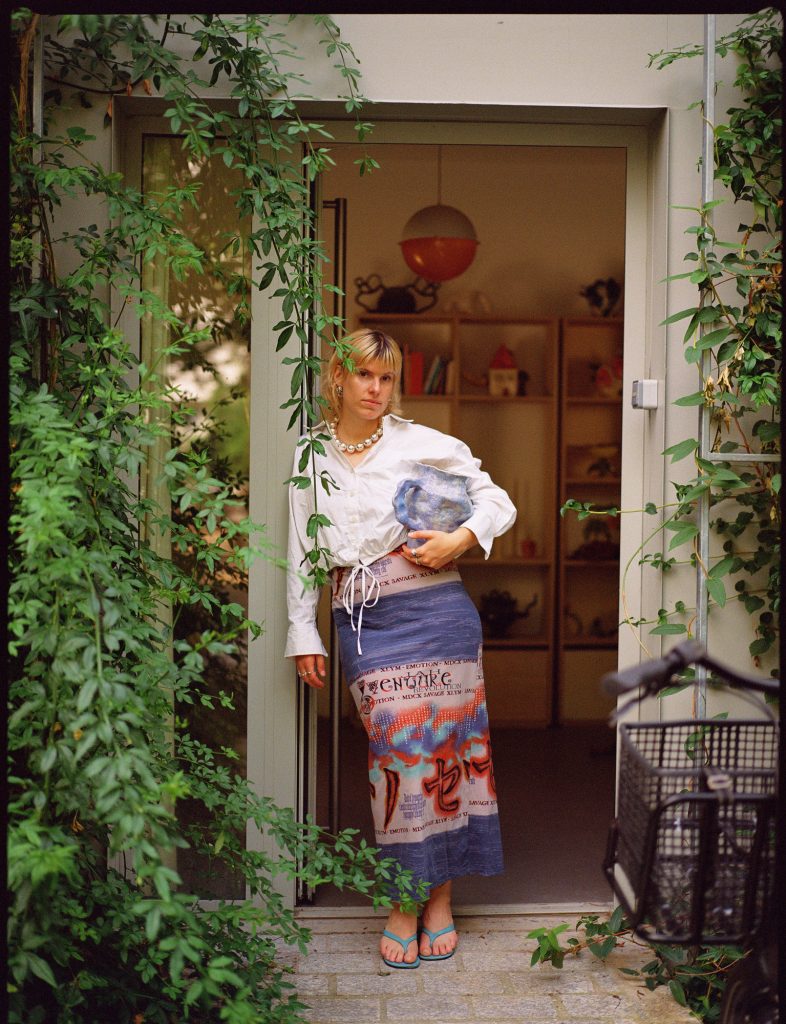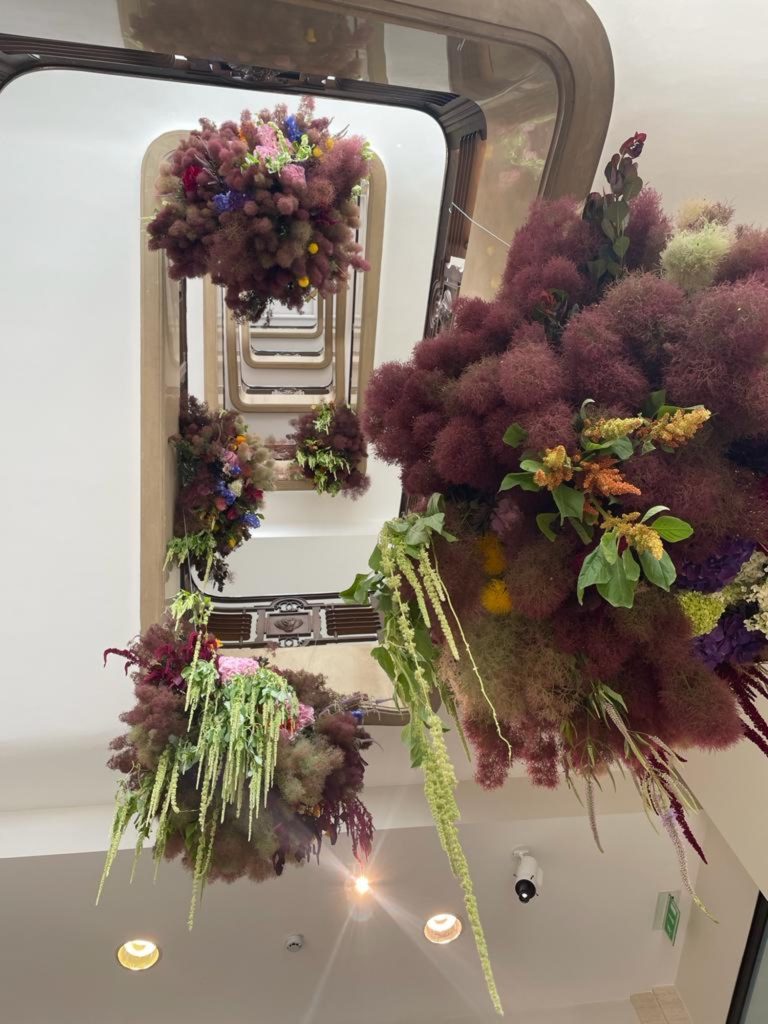

Elisa Benchetrit, founder of Blumen, has created a unique space in Paris where floral design meets ceramic art. Drawing inspiration from the city’s culture and her commitment to sustainability, Elisa crafts pieces that are both innovative and deeply connected to their surroundings. In this interview, she shares the journey of Blumen, her creative process and what the future holds for her multidisciplinary studio.
hube: Blumen is a multidisciplinary studio combining floral design and ceramic creations. What inspired you to blend these two artistic mediums, and how has this combination evolved since you founded the studio in 2019?
Elisa Benchetrit: When I founded Blumen, I aimed to integrate my various artistic practices, envisioning Blumen as a multidisciplinary studio, with a stronger emphasis on the floral aspect. Initially, I focused on creating ceramic pieces that complemented the floral arrangements, starting mainly with vases. Gradually, I expanded my creations to include a variety of objects such as teapots, plates, candleholders, and anything else that sparked my inspiration. I experimented with shapes and glazing techniques, realising that I cherished the uniqueness of each piece, whether in floral arrangements or ceramics.
After several years of experimentation, I believe I have truly found my style and universe, allowing me to seamlessly link the two practices. For instance, I now have a catalogue of vases that I offer to clients alongside their floral arrangements and installations. I also incorporate ceramics into some of the scenography I create for events or photo shoots, such as a recent window display at Galeries Lafayette in Paris, where I crafted ceramic sculptures as part of a floral installation.

